Netmeds is an online pharmacy app that helps around 7 million satisfied users to order prescriptions, over-the-counter medication and other personal care items.
In 2020, Netmeds was acquired by Reliance Industries for a whopping $83 million, indicating the platform’s prowess in the market. The company’s estimated revenue for 2023 was around $12 million to $60 million.
But even considering the platform’s popularity, Netmeds has some downsides, which your business can take advantage of. Some users find the app interface difficult to navigate, which can impact efficient usage, especially for those who aren't tech-savvy.
Secondly, the app has difficulty in effectively tracking orders where features like order history and status tracking are either disabled or poorly implemented, leading to confusion and dissatisfaction.
Therefore, developing an app that addresses these issues could be rewarding.
In this guide, we'll explore the essential features your medicine delivery app requires and demonstrate how to build one using Builder.ai.
What is a medicine delivery app?
A medicine delivery app is a digital platform that allows users to order prescriptions, over-the-counter medication and medical equipment online with just a few taps on their mobile phones. These apps offer home delivery and same-day services, enhancing accessibility and convenience for users.
Medicine delivery apps are here to stay
Medicine delivery apps have firmly established themselves in the healthcare landscape, offering convenience and accessibility. They not only ensure that patients can receive their medication promptly but also support the broader goal of making healthcare more responsive and user-friendly.
This has led to a huge popularity of online medicine delivery apps like Netmeds. As a result, the global online pharmacy market is expected to surpass $38.2 billion by 2030. And with digital literacy constantly improving, medicine delivery apps will become even more integral to daily healthcare management.
Types of medicine delivery app
Medicine delivery apps can be categorised into several types based on their service models and features, including…
E-pharmacy apps
These apps allow users to upload prescriptions, order medication and have it delivered. Examples include CVS Pharmacy and Walgreens.
On-demand medicine delivery apps
Apps like Capsule and NowRx offer speedy delivery, often within hours of ordering medication, making them ideal for more urgent health needs.
Healthcare integration apps
These applications are integrated with healthcare services, allowing users to consult with doctors, get prescriptions and order prescribed medicine all on one platform. Prominent examples include Teladoc and K-Health.
Subscription-based apps
These platforms offer scheduled delivery of medicine on a weekly and monthly basis for conditions requiring regular medication like PillPack and Nurx.
Insurance-linked apps
Some medicine apps partner with leading health insurance providers, which facilitate the delivery of medicine and health checkups while managing insurance claims. Express Script is a prominent example.
Must-have features of a medicine delivery app
A medicine delivery app should include a range of features to ensure it's convenient, efficient and secure for its users, including… 👇
User profiles
User profiles will allow your users to create and manage their profiles, where they can store personal information, medical history, insurance details and other preferences.
Prescription upload
Users on your platform should be able to easily upload and manage their prescriptions using the camera on their device. This feature ensures that the correct medication is ordered.
Search and filter options
Search engines allow users to search for medication by name, category or health condition. Filters can help people find the best prices, brands or specific medicine alternatives.
Order placement and management
This feature helps users to place, modify, track and reorder medication easily, reducing the burden on pharmacy staff.
Secure payment gateway
Reduce cart abandonment by integrating multiple payment methods, including credit/debit cards, digital wallets and net banking.
Reminders and notifications
Features to set up medication-taking reminders, refill reminders and notifications for order status updates or special offers can help enhance your user engagement with the platform.
Consultation and customer support services
Integrating telehealth services, where users can consult with healthcare professionals directly through the app can be useful. They provide easy access to support via chat, call and email.
Feedback and ratings
Providing feedback and reviews for products and services can help guide other users make informed decisions.
Data security and compliance
Ensure that all user data, especially sensitive health information, is securely stored and handled in compliance with healthcare regulations like HIPAA (Health Insurance Portability and Accountability Act) in the U.S.
Who should you choose to build your medicine delivery platform?
There are many ways you can create a medicine delivery platform. If you’re a programmer, you could create one yourself, but this might take a while. After all, complex medicine delivery apps are made up of hundreds of thousands of lines of code.
Alternatively, you can hire a team of mobile app developers, who can build sophisticated, custom medicine delivery software. However, the challenge here is to accurately calculate the total cost of app development.
They often charge on an hourly or daily basis, and once you factor in the costs of app development, design, app testing and listing, your expenses can quickly spiral out of control.
No-code app builders are a simpler, more budget-friendly solution. You don’t need coding skills to use them and you can build apps quickly by dragging and dropping pre-made components.
However, no-code platforms may lack the flexibility to add complex features or unique customisations. Scaling your app as your user base grows may also be challenging due to performance limitations.
This is where Builder.ai comes in. 👇
Why Builder.ai is different
Builder.ai bridges the gap between these different app development routes.
Our platform provides the customisation and scalability of professional developers along with the efficiency and cost-effectiveness of no-code builders, making it an ideal choice for developing your medicine delivery app.
Around 80% of all software is made up of around 650+ features. We package each basic feature as a reusable Lego-like block. Explain your idea to our AI companion, Natasha, and she uses these blocks to rapidly create an outline of your app.
Because Natasha handles all the repetitive coding, we can complete tasks faster and cheaper. Then it’s off to our app design team and mobile app developers. They personalise it and create any bespoke elements you need.
To build your medicine delivery platform, simply head over to Builder Studio. The Builder Studio platform has been built with user convenience in mind and intuitively guides you through the app creation process.
Let’s dive in with the step-by-step process 👇
Want to start your app project with us?
Book a demoSpeak with one of our product experts today.
By proceeding you agree to Builder.ai’s privacy policy and terms and conditions

1 - Discuss your ideas with Natasha
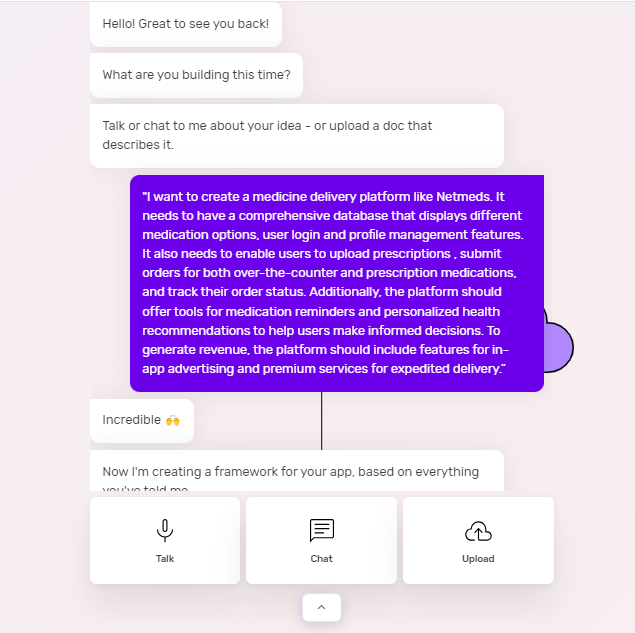
On Builder Studio, you’re greeted by Natasha. You can express your medicine delivery app idea to Natasha via voice, text or uploading a PDF or doc file.
Before you chat with her, have a checklist of app features and be as descriptive as possible about your app idea. The more detailed information you give to Natasha, the better her suggestions will be.
For example, a prompt could look like this:
"I want to create a medicine delivery platform like Netmeds. It needs to have a comprehensive database that displays different medication options, user login and profile management features.
It also needs to enable users to upload prescriptions, submit orders for both over-the-counter and prescription medication and track their order status.
Additionally, the platform should offer tools for medication reminders and personalised health recommendations to help users make informed decisions.
To generate revenue, the platform should include features for in-app advertising and premium services for expedited delivery.”
Based on your prompt, Natasha will ask you some supporting questions and you simply need to answer them based on your requirements.
2 - Choose a base

Once Natasha has your requirements, she’ll create a custom framework for your app based on everything you tell her. She'll also suggest some pre-built bases she thinks are best suited for your app.
For instance, once you tell her to create an app like Netmeds, she’ll suggest a custom base similar to Netmeds and share any matching core bases as well.
You can choose up to 3 you feel are related to your big idea by simply clicking the ‘+’ icon. These selections make it easier for us to understand the features your app needs. When you’re ready, click 'Next'.
3 - Make it mine
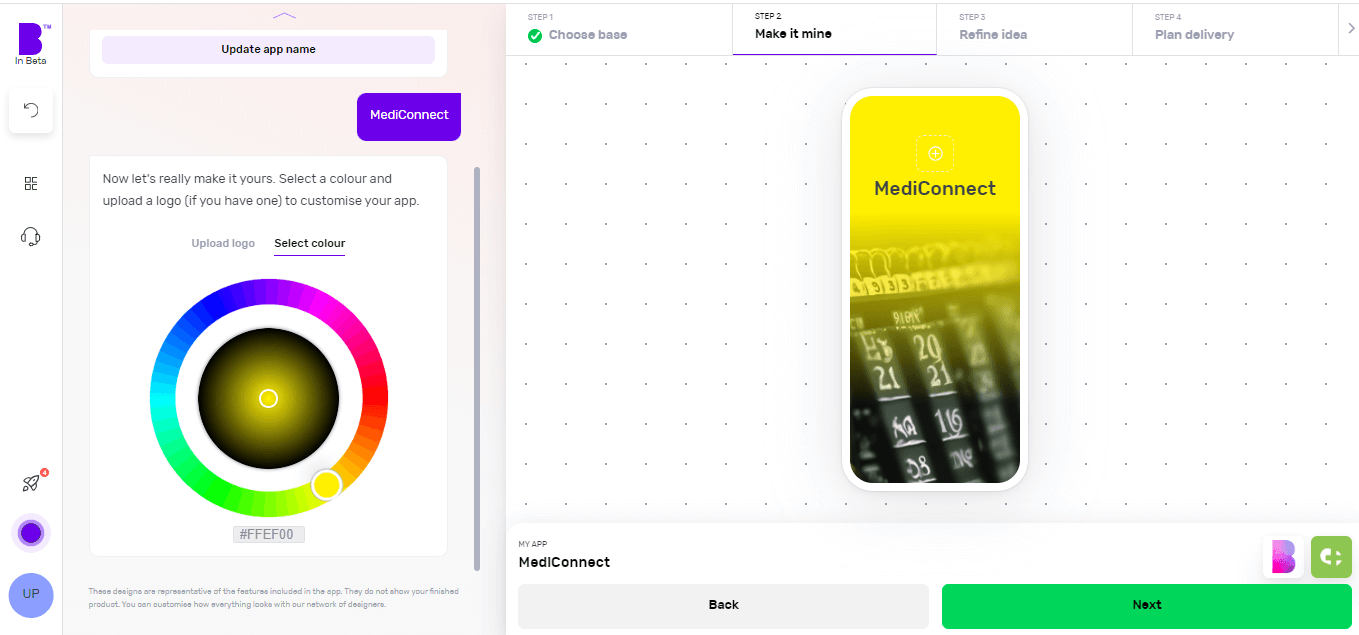
The 'Make it mine' step aligns your app with the identity of your brand. In this step, you choose the name to your app, select its colour scheme using the colour wheel and upload the logo of your brand.
If you already have a website, you can add the link and Builder Studio will automatically pick your brand’s colours and logo.
Once you’ve personalised your app’s name, colour and logo, you can click ‘Next’.
4 - Refine your app idea

Now comes the fun bit.
In the 'Refine idea' stage, you can review and customise your app journeys and features and also create an instant prototype of your app.
Journeys
In only a matter of seconds, Natasha creates app user journeys with corresponding features.
Go through these journeys carefully and see if your app needs additional journeys. For instance, check if you want to add journeys for monetisation, sending notifications or any other relevant journey.
To add journeys, click on 'See more suggestions'. Doing so will open the list of pre-built journeys. You can browse the list and select the journeys you’re missing. You can also add custom journeys by clicking on 'Add custom journey'.
Features
By clicking on individual journeys, you can see the feature list each journey contains. Doing so will open the feature list each journey contains. You can scroll through the feature list and check if a journey contains non-essential features or if you want to add extra features.
To remove a non-essential feature, you can hover over the feature and click ‘Remove’. This way you can manage project costs. If you’re not sure what features to remove, you can click on an individual feature and check the label at the top. We highly recommend keeping the ‘Essential Features’.
In case you want to add more features, you can simply click the ‘+’ button. Here you can go through different categories or use the search bar to look for missing functionality. In case you don’t find the feature you’re looking for, you can also add a custom feature by clicking on 'Add custom feature'.
Instant prototype and user flow
Once you’re happy with the journeys and features of your app, you can create a prototype by clicking on 'Preview your app' in the top-right corner.
Sign up and Natasha will create a working prototype of your app. You can click on the screen at different areas to progress through the journey.
You can also see the user flow by clicking on the 'Flow mode' at the top of the screen to see how users will interact and navigate within your app.
If you need extra help, Natasha is on hand to help.and you can interact with her at any time by clicking on 'Speak to Natasha'.
She’ll provide you with suggestions and help you find features or journeys from the library. Or you can click on 'Book a demo' to talk to our product managers who’ll guide you through your app development journey.
Click on 'Save & Continue' to go to next step.
5 - Plan delivery
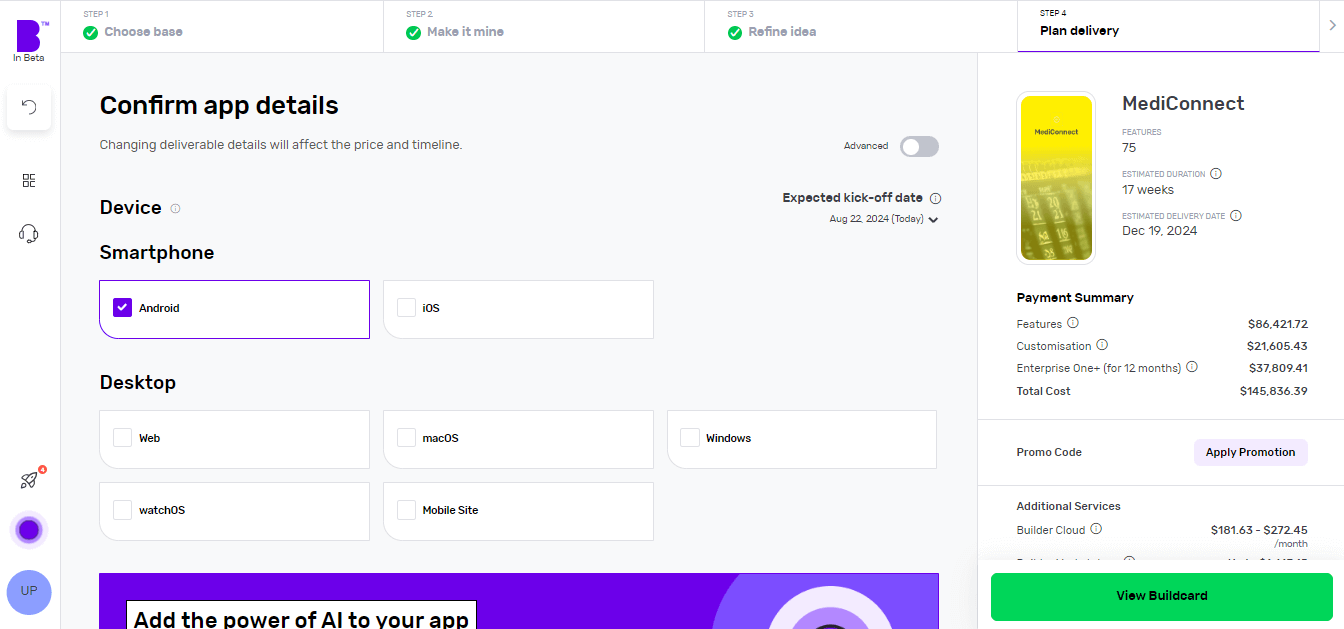
It’s time to choose the platforms you want your medicine delivery app to be available on. You can choose Android, iOS or develop for both platforms simultaneously.
Next, you can choose to add Natasha to your platform to supercharge the customer experience of your medicine delivery app. Natasha uses Large Language Models (LLMs) to engage your customers in fluid, human-like conversations.
In the development speed section, you can change the speed of each phase according to your needs. The faster the development speed, the higher the costs and vice versa.
Next up is Design. If you have your app designs ready, you can save your costs by clicking 'You have design' and we’ll reduce your costs accordingly. You can share your design files (preferably in Figma) and our designers will upload them, so you can kick off straight away.
If not, you can choose the 'We do your designs'. Here, you simply need to add your brand assets and we'll do everything from storyboarding to fully designed screens.
Now it’s time to plan the phases of your project. Here you get 3 options:
- Clickable prototype: you’ll get a visual representation of your app to test with users
- Basic build: you’ll get an MVP (Minimum viable product) – a hard-coded but simplified version of your idea — this allows you to collect feedback and iterate before you do a full build
- Full Build: you’ll get market-ready software, including a kick-off with our product team and review sessions
After that, you need to select your support plans. With 'Full Build' you get one year of Studio One support included free of charge.
Once you’ve planned your delivery, click on 'View Buildcard'.
6 - Review Buildcard

Buildcard provides you with a bird's eye view of all the selections you made in the previous steps. Here, you can review all the features, cost per feature and delivery details.
You can also download the PDF of Buildcard or invite others to show your team members what you’re building.
If you want to make any changes, simply click on 'Edit Buildcard' under 3 dots in the top-right corner.
If you’re happy with everything, click on 'Add billing details' to go to the next section. Alternatively, if you want to review it with experts, click on 'Review with an expert'.
7 - Select your payment plan
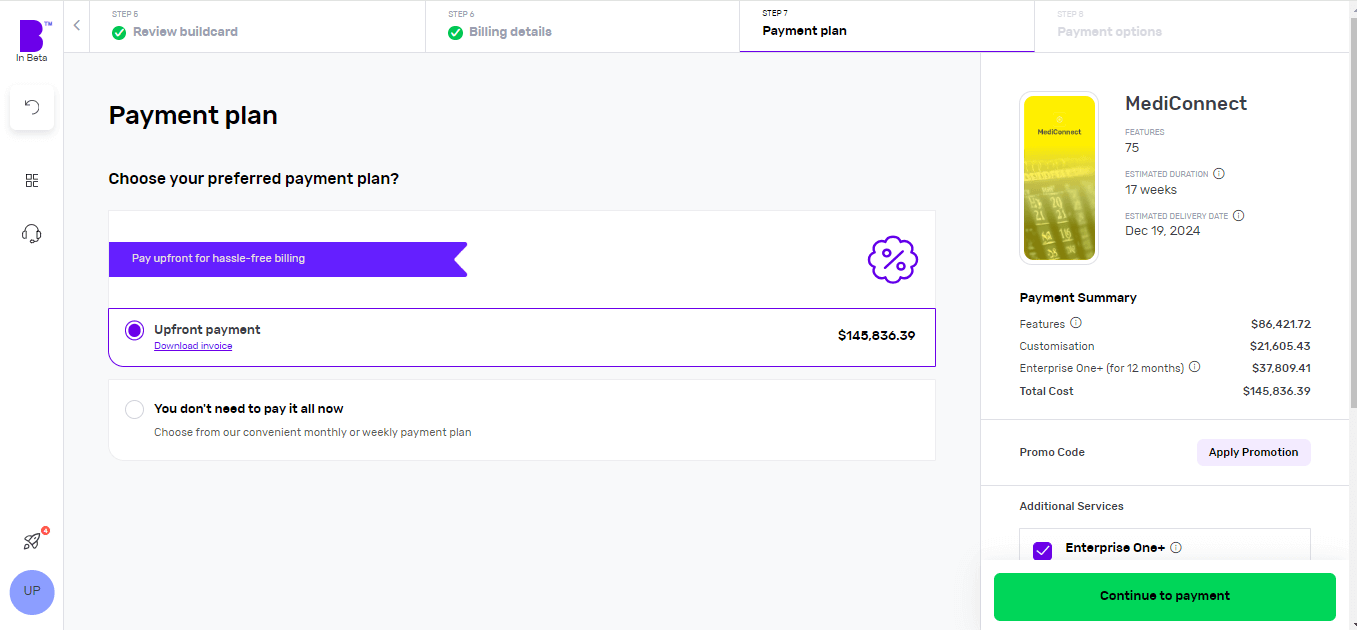
We offer weekly or monthly payment instalments, with visible payment dates and amounts for each option. You can also choose to pay upfront to reduce the cost of your build.
Simply select your preferred billing cycle, then click 'Continue' to proceed.
You’ll be asked to input your payment details and agree to the terms and conditions. Once that’s done, click 'Continue to Payment'.
Once your payment is done, you can set up a meeting with our product managers to begin your app development.
8 - Monitor your app build in real-time
With Builder Home, your real-time project dashboard, you can monitor development progress and make sure your app is exactly the way you want it.
This includes access to a suite of collaboration tools to help improve your app design. You can chat with your team of experts in Builder Meet, brainstorm in Builder Whiteboard and visualise your ideas with free Tailor-made prototypes from Builder Now.
Conclusion
Medicine delivery apps like Netmeds have revolutionised how we access healthcare from anywhere. But, they also have their own set of challenges.
Creating your medicine delivery app isn't just about entering a competitive market — it's about better serving the diverse needs and preferences of the audience.
With the right features and a user-centric approach, your medicine delivery platform can provide a refreshing alternative to the industry giants.
Hit the banner below and kick off your medicine delivery app project with us today 👇
Want to start your app project with us?
Book a demoSpeak with one of our product experts today.
By proceeding you agree to Builder.ai’s privacy policy and terms and conditions

Stories published by the editorial team at Builder.ai.
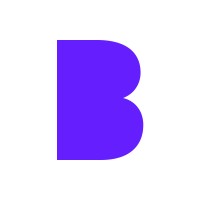
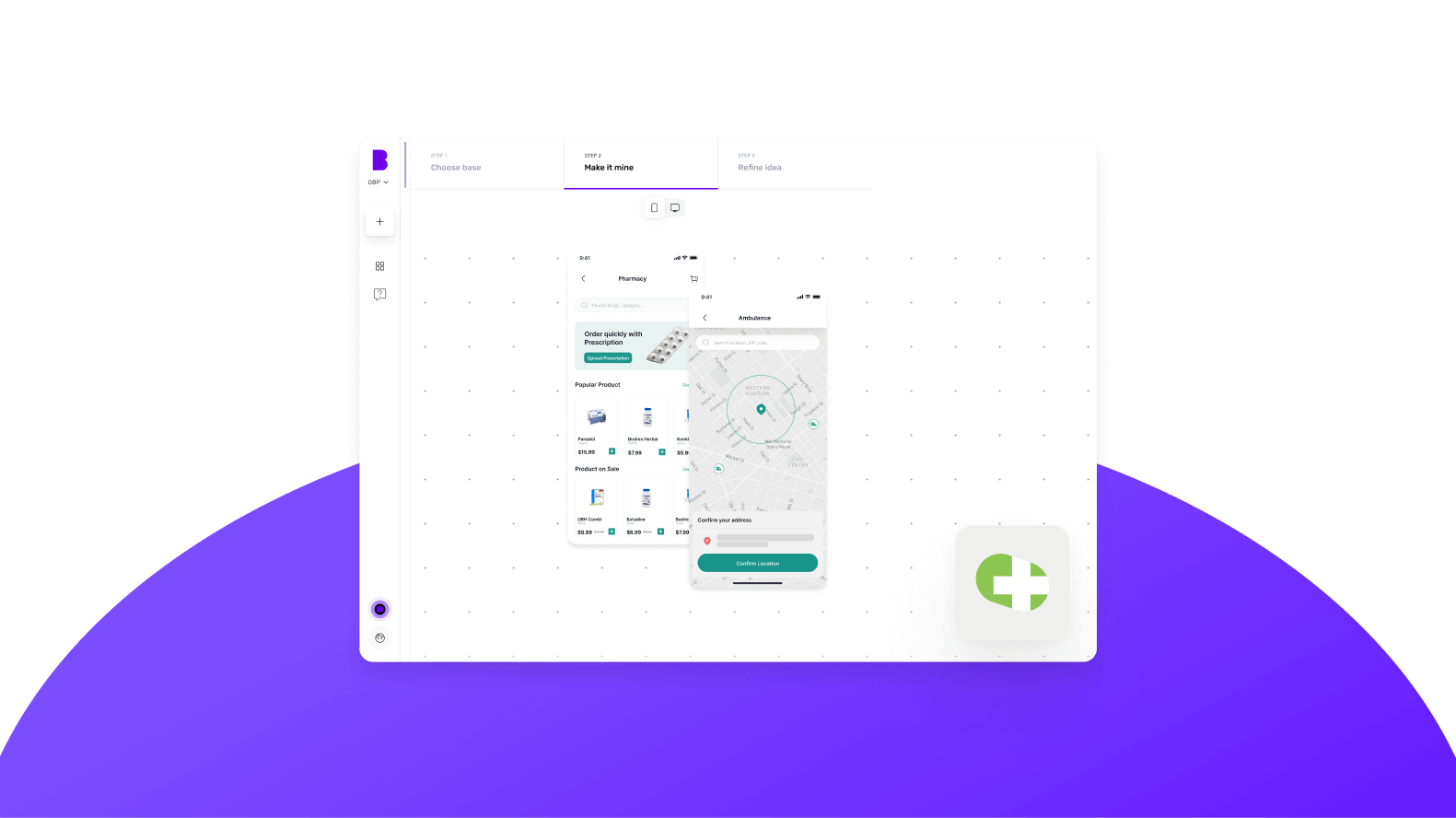








 Facebook
Facebook X
X LinkedIn
LinkedIn YouTube
YouTube Instagram
Instagram RSS
RSS


